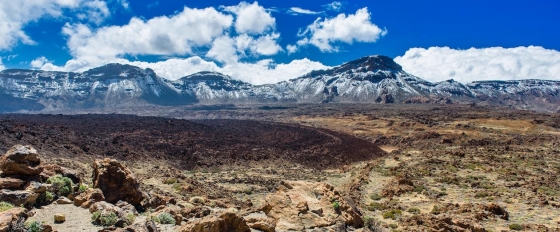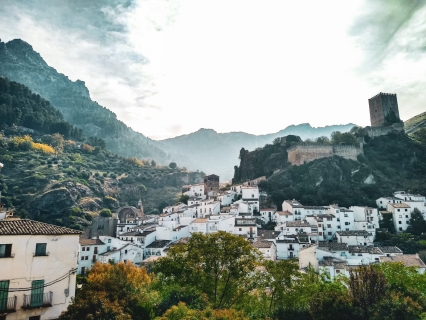Villaviciosa Weather and Climate: A Comprehensive Guide
Villaviciosa experiences great temperature shifts.
The city's weather can transition from warm days
to cold weather.
It receives a moderate amount of precipitation.
Now, let’s explore all the climate details to give you a full picture.
Average maximum day and minimum night temperature
The climate in Villaviciosa is known for significant temperature differences throughout the year, making the weather dynamic. On average, daytime temperatures range from a comfortable 29°C in July to a chilly 8°C in January.
Nighttime temperatures can drop, with average lows reaching -1°C in January. Check out our detailed temperature page for more information.Temperature ranges by month
Precipitation and rainy days
Generally, Villaviciosa receives mid-range precipitation levels, with 666 mm annually. The seasons in Villaviciosa, bring significant changes in precipitation. The wettest month, October, receives moderate rainfall, with an average of 82 mm of precipitation. This rainfall is distributed across 11 rainy days. In contrast, the driest month, July, experiences much less rainfall, totaling 19 mm over 7 rainy days. These distinct seasonal differences provide diverse experiences throughout the year. For more details, please visit our Villaviciosa Precipitation page.The mean monthly precipitation over the year, including rain, hail and snow
almost clear and no rain broken clouds and no rain overcast and no rainForecast for Villaviciosa
The best time of year to visit Villaviciosa in Spain
During the months of June and September you are most likely to experience good weather with pleasant average temperatures that fall between 20°C and 26°C.Other facts from our historical weather data:
July has an average maximum temperature of 29°C and is the warmest month of the year.
The coldest month is January with an average maximum temperature of 8°C.
October tops the wettest month list with 82 mm of rainfall.
July is the driest month with 19 mm of precipitation.
No idea where to travel to this year? We have a tool that recommends destinations based on your ideal conditions. Find out where to go with our weather planner.




